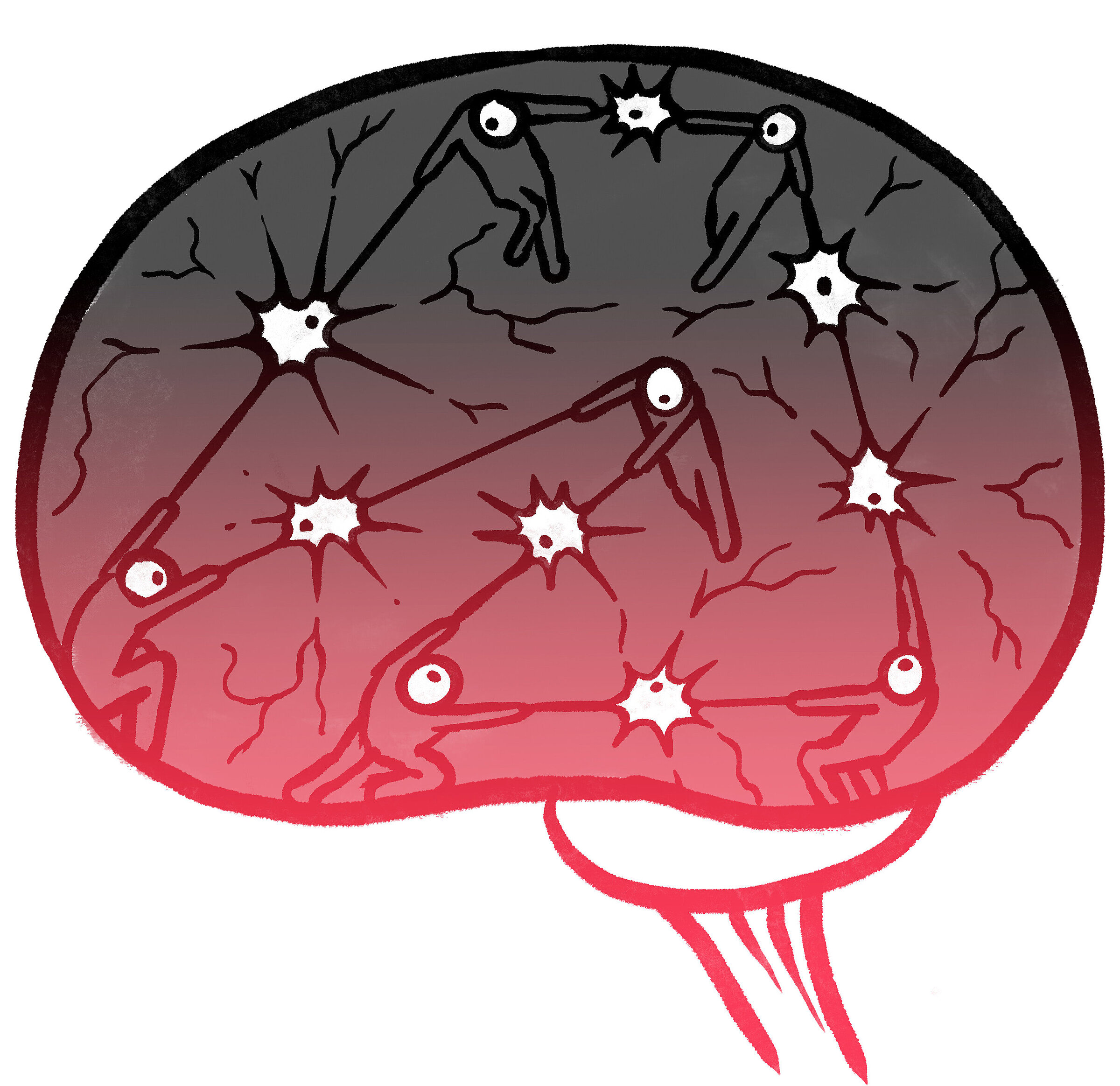Do nerve cells have a personality? Susanne Schreiber is a neurophysiologist who develops mathematical models of the biophysical properties of nerve cells to identify principles of information processing in the brain that hold true across species. In doing so, she hopes to bring about advances in artificial intelligence.
Neurons have different personalities. They are like people: A discussion in a group of hot-tempered individuals will produce a different outcome from a discussion in a lethargic group. In the case of neurons, the difference lies in the biophysical characteristics, for instance the way in which the ion channels in the cell membrane allow ions to pass through and generate electrical pulses. The speed with which the channels open and the timing of these sections determine their “personality”.
I am interested in the underlying mechanisms of how the human brain processes information. I focus especially on the characteristics of individual nerve cells to understand how they interact in networks. In my research group we develop mathematical models of neurons that capture the dynamics of the ion channels. We can virtually recreate their biophysical characteristics in the computer and simulate the behavior of the cells. Current neural models, especially AI models, only consider which nerve cells are connected to which, in other words: who talks to whom. However, I am convinced that the personalities of the individual cells also play a crucial role in the computing processes that take place in the network as a whole.
For this, I look at the neurons and nerve systems of different species – grasshoppers, jellyfish, fruit flies, and rodents, but also humans – because every species solves certain brain tasks in different ways. At the same time, there are many commonalities, that is principles that hold true across species. Understanding why something has developed to be exactly the way we see it today, how it has been optimized through evolution, is thrilling.
Grasshoppers, for instance, have a network of around 100 cells for processing sounds and for recognizing their mates by their song. This network follows similar processing principles to the human auditory cortex. Both employ minimal electrical activity to use as little energy as possible when processing acoustic signals. This has proved an effective principle in many species, although mammals can read much more information from the input signal.
For certain cells, our model predicted that they would switch personalities and convert to a different type of pulse generation if the surrounding temperature increased. If this happens, they tend to synchronize their activity within the network – as occurs in epileptic fits. In collaboration with Einstein Professor Dietmar Schmitz at Charité – Universitätsmedizin, we then carried out measurements on brain slices and established that a third of the cells of a certain type in the hippocampus of mice and rats do indeed take on a different personality when the temperature rises.
I always find it rewarding when potential applications emerge. If we increase our understanding of the mechanism that causes individual nerve cells to synchronize their activity, we might be able to predict when networks are particularly likely to become agitated and trigger an epileptic fit. This could support therapy development.
Our biophysical models are also intended to help optimize artificial neural networks. Microchips modeled on neural networks face very similar problems to the brain: They must be energy-efficient, make the most of the available space, and function at different temperatures. Biological intelligence and artificial intelligence stand to benefit much more from one another in the future.


